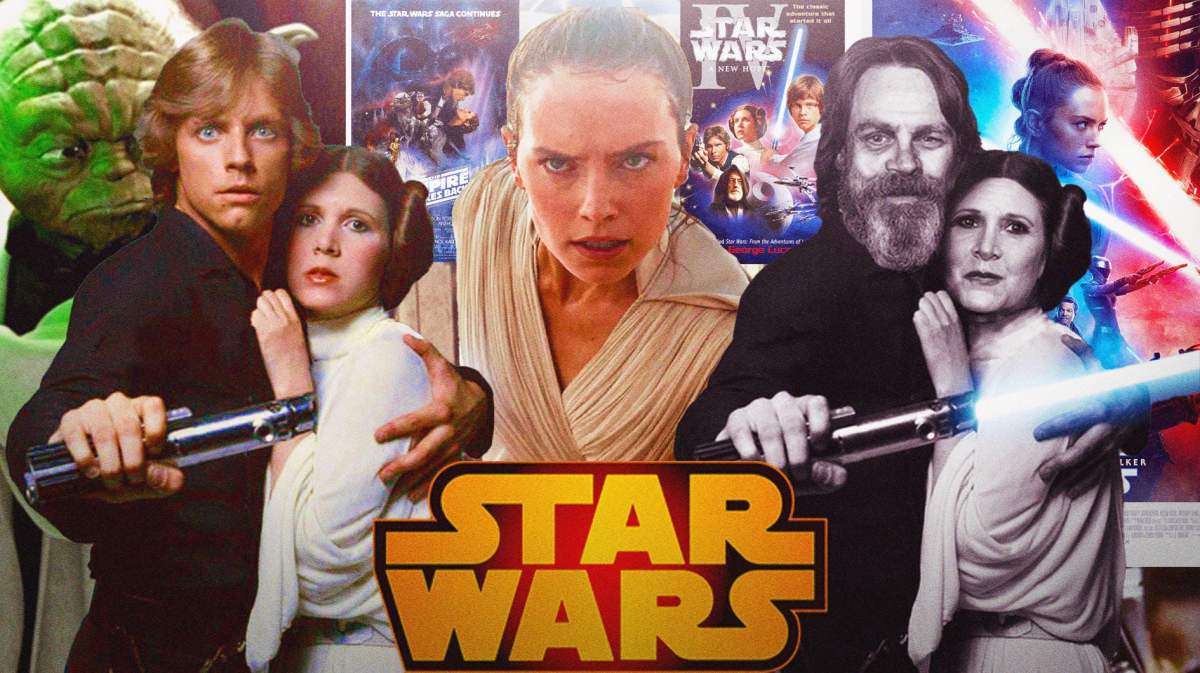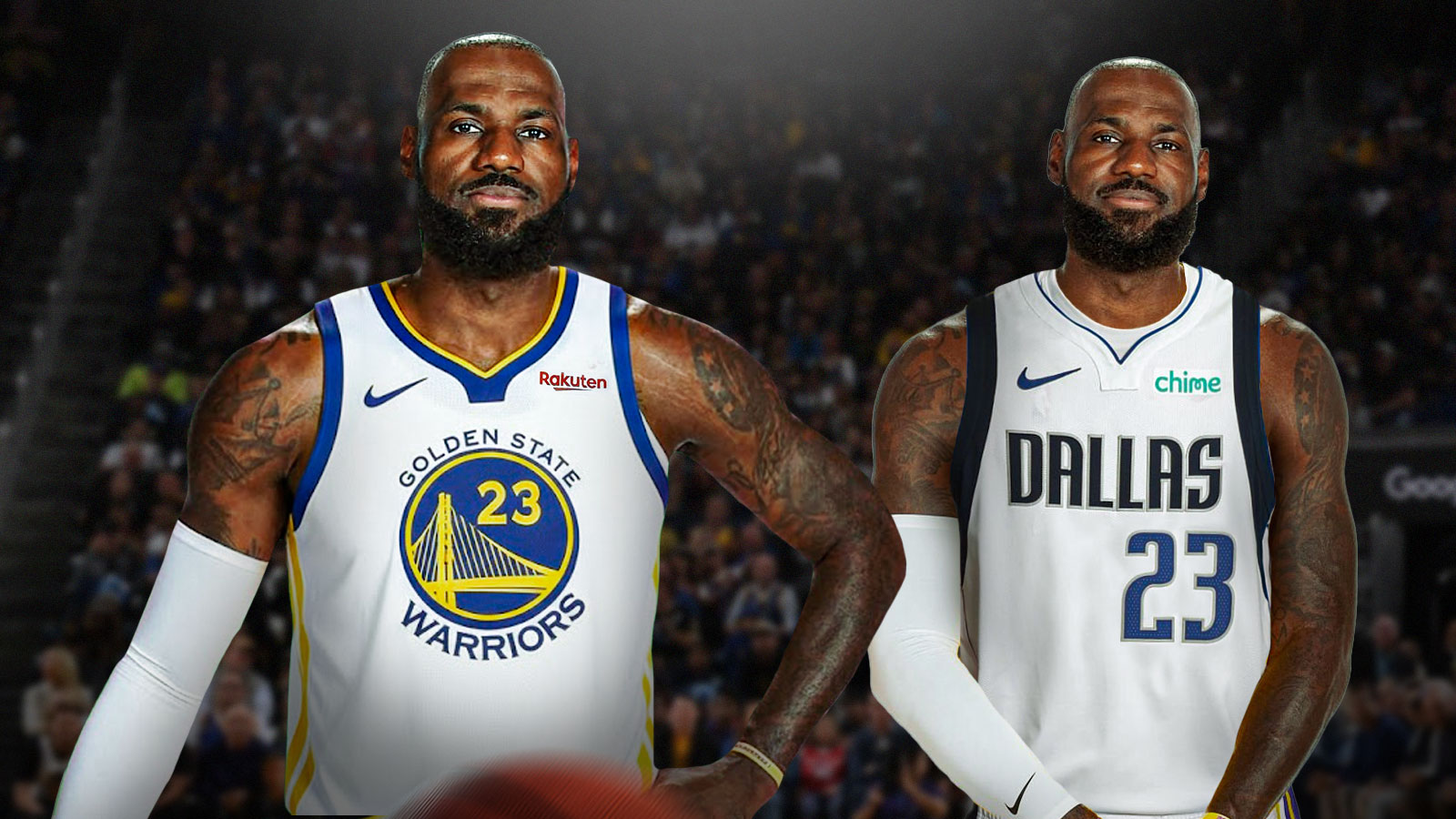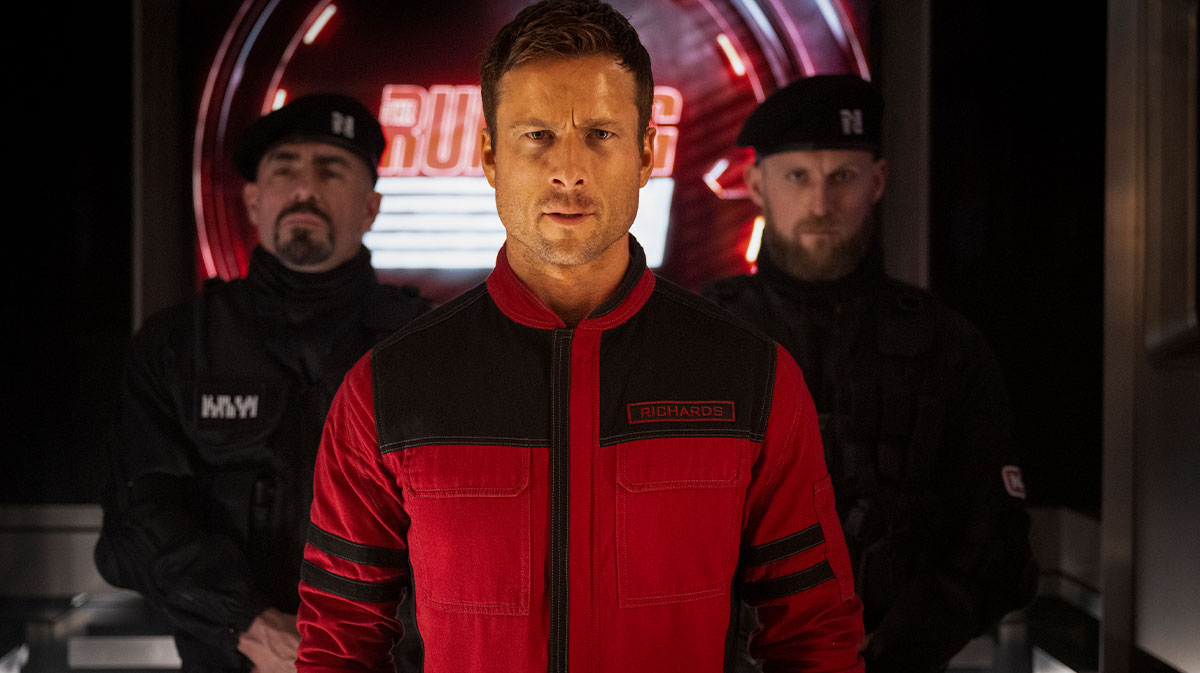There aren't many franchises with the ability to entertain and consume fans as much as Star Wars. Sure, there's Harry Potter, Scream, and even the MCU, but none stack up to galactic series. Even the talent involved in the films has been stellar. The likes of Samuel Jackson, Natalie Portman, Donald Glover, Harrison Ford, and even more have entertained us in some manner on the big screen turning themselves into space voyagers.
Combining big names like that with the sheer hypnosis it has over people, how much do you think the franchise earned over the years for their movies? It has to be something astronomical with even The Fast and the Furious bringing in a global $7.47 billion worldwide for that set of movies. That's pretty good for movies that used to be about street racing.
The galaxy far, far away has not only captured our imaginations but also dominated the global box office for over four decades. Star Wars, created by George Lucas, has become a cultural phenomenon, blending epic space opera with timeless storytelling. This is something not many forms of art can emulate, but it's done superbly well with these space tales. As we embark on a journey through the saga's cinematic history, let's explore the box office hauls and discover the highest-grossing films that propelled Star Wars to unparalleled heights.
A New Hope: Igniting the Galactic Saga
In 1977, George Lucas introduced audiences to a universe filled with Jedi, Sith, and the Force. “Star Wars: Episode IV – A New Hope” not only ignited the galactic saga but also set the stage for unprecedented box office success. With a modest budget, the film soared to unexpected heights, amassing a worldwide box office haul of approximately $775 million.
A New Hope not only laid the foundation for the franchise but also redefined the possibilities of cinematic storytelling. The iconic characters, groundbreaking special effects, and John Williams' legendary score left an indelible mark on the film industry, ensuring Star Wars' place in cultural history.
The Empire Strikes Back: A Cinematic Triumph
The journey continued with “Star Wars: Episode V – The Empire Strikes Back” in 1980. Helmed by director Irvin Kershner, the film expanded the narrative, delving into darker themes and unexpected twists. Despite the darker tone, The Empire Strikes Back became a cinematic triumph, both critically acclaimed and a box office powerhouse. It garnered approximately $547 million globally, solidifying Star Wars as a cultural force.
The sequel's success not only showcased the franchise's ability to evolve but also demonstrated the enduring appeal of the Star Wars universe. From the frozen landscapes of Hoth to the iconic revelation of Darth Vader's true identity, The Empire Strikes Back elevated the saga to new heights.
Return of the Jedi: Concluding the Original Trilogy
As the original trilogy reached its climax, “Star Wars: Episode VI – Return of the Jedi” (1983) concluded the saga's first act. Directed by Richard Marquand, the film seamlessly combined epic space battles with emotional resolutions. Return of the Jedi, with a worldwide box office collection of approximately $475 million, not only concluded the original trilogy but also became a cultural touchstone.
The film's success was not merely a testament to the power of nostalgia but also a celebration of the storytelling prowess embedded in the Star Wars universe. From the redemption of Darth Vader to the triumph of the Rebel Alliance, Return of the Jedi left an enduring legacy.
The Phantom Menace: A New Era Begins
In 1999, George Lucas returned to the director's chair with “Star Wars: Episode I – The Phantom Menace.” The film marked the beginning of a new era, exploring the origins of iconic characters and introducing a new generation to the Star Wars mythos. Despite divisive opinions among fans and critics, The Phantom Menace soared at the box office, accumulating approximately $1.03 billion globally.
The prequel's financial success showcased the franchise's ability to resonate with audiences across generations. The Phantom Menace not only introduced memorable characters like Darth Maul and Qui-Gon Jinn but also laid the groundwork for an expanded Star Wars universe.
Attack of the Clones: Unraveling Galactic Intrigues
Continuing the prequel trilogy, “Star Wars: Episode II – Attack of the Clones” (2002) delved deeper into the unraveling intrigues that would shape the galaxy. Directed by George Lucas, the film expanded the narrative complexity, exploring the origins of the Clone Wars. Despite mixed critical reception, Attack of the Clones amassed a global box office collection of approximately $653 million.
The film's financial success, though not reaching the heights of its predecessors, highlighted the enduring allure of the Star Wars universe. Attack of the Clones set the stage for the climactic events that would unfold in the trilogy's final installment.
Revenge of the Sith: The Tragic Transformation
The prequel trilogy reached its zenith with “Star Wars: Episode III – Revenge of the Sith” (2005). As Anakin Skywalker's tragic transformation into Darth Vader unfolded, the film became a poignant exploration of the Force's dual nature. Revenge of the Sith not only resonated emotionally but also triumphed at the box office, garnering approximately $868 million globally.
The film's success was a testament to the prequel trilogy's narrative evolution and the exploration of darker themes. Revenge of the Sith bridged the gap between trilogies, setting the stage for the original trilogy's events.
The Force Awakens: A Cinematic Awakening
In 2015, J.J. Abrams took the helm with “Star Wars: Episode VII – The Force Awakens.” The film not only reawakened the dormant saga but also introduced a new generation of characters. With a global box office haul of approximately $2.07 billion, The Force Awakens shattered records, becoming the highest-grossing Star Wars film to date.
The film's success signaled the franchise's enduring popularity and its ability to captivate audiences across decades. The Force Awakens seamlessly blended nostalgia with fresh storytelling, setting the stage for the sequel trilogy.
The Last Jedi: Subverting Expectations
Rian Johnson's “Star Wars: Episode VIII – The Last Jedi” (2017) dared to subvert expectations, challenging traditional Star Wars tropes. Despite divisive opinions among fans, the film showcased a willingness to push the narrative envelope. The Last Jedi garnered a global box office collection of approximately $1.33 billion, reinforcing the franchise's ability to spark discussions.
The film's financial success, coupled with its narrative boldness, highlighted the ever-evolving nature of the Star Wars saga. The Last Jedi became a crucial chapter, setting the stage for the trilogy's conclusion.
The Rise of Skywalker: Concluding the Saga
In 2019, “Star Wars: Episode IX – The Rise of Skywalker” brought the Skywalker saga to its conclusion. Directed by J.J. Abrams, the film aimed to provide closure to the epic narrative that spanned generations. With a global box office collection of approximately $1.07 billion, The Rise of Skywalker became a fitting farewell to the iconic characters.
The film's success, though not reaching the heights of its predecessor, demonstrated the emotional resonance of the Skywalker saga. The Rise of Skywalker concluded the cinematic journey that began with A New Hope, leaving an indelible mark on the Star Wars legacy.
Conclusion: A Galactic Legacy in Cinematic History
As we reflect on the box office hauls of the Star Wars saga, it's evident that George Lucas' creation has not only shaped cinematic history but also become a cultural touchstone. From the humble beginnings of A New Hope to the grandeur of The Force Awakens, Star Wars has transcended generations, captivating audiences with its timeless storytelling and unforgettable characters. The saga's box office success is not just a testament to its financial prowess but also an acknowledgment of its profound impact on global pop culture—a force that continues to resonate across the stars.



![[L-R] Nick Wilde (voiced by Jason Bateman) and Judy Hopps (voiced by Ginnifer Goodwin) in Zootopia 2.](https://wp.clutchpoints.com/wp-content/uploads/2025/11/Zootopia-2-review-Sweet-animated-Disney-sequel-cant-reach-heights-of-first-movie-iv.jpg?w=200&quality=90)















